Clipart tagged: ‘bight’

Carrick Bend
To tie a carrick bend, lay the end of one rope over its own standing part so as to form a bight. Put…

Bowline Knot
To tie a bowline knot, lay the end of the rope 'a' over 'b' so as to form a bight 'c'; pass the end…
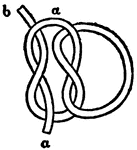
Reef Knot
An illustration of a reef knot. "Form an overhand knot...then take the end a over the end b and through…
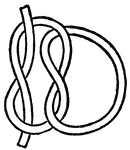
Reef Knot
An illustration of a reef knot. "Form an overhand knot...then take the end a over the end b and through…

Sheet Bend
To form a sheet bend, pass the end of one rope through the bight of another, round both parts of the…
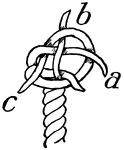
Single Wall and Crown
To make a crown on a single wall knot, take one of the ends, 'a', and lay it over the knot: lay 'b'…
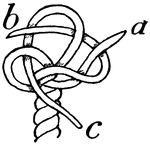
Single Wall Knot
Unlay the end of a rope, and with the strand 'a', form a bight. Take the next strand 'b' round the end…
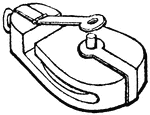
Snatch-block
"A block used in ships, having an opening in one side to receive the bight of a rope, chiefly used for…